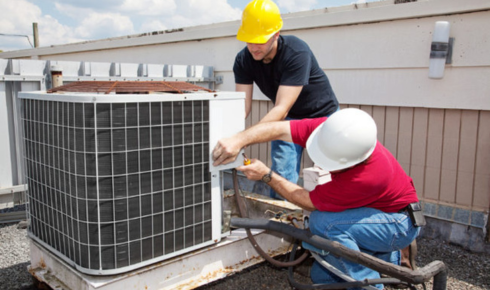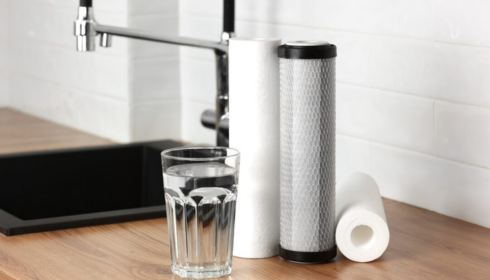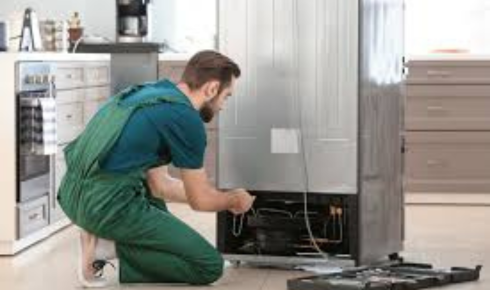If you’ve ever had your heating or cooling system quit on you during the hottest week of summer or the coldest stretch of winter, you know the feeling—it’s panic mixed with frustration. Suddenly you’re scrambling for a technician, rearranging your day, and bracing yourself for an expensive repair bill. That’s exactly the kind of scenario a well-structured HVAC maintenance plan is designed to prevent. It’s not just about keeping your equipment humming; it’s about peace of mind, efficiency, and sometimes even saving your sanity when life throws extreme weather your way.
The Overlooked Backbone of Comfort
Most of us don’t think about HVAC systems until something goes wrong. They’re like the quiet background players in a stage show—rarely noticed when they’re doing their job but glaringly absent when they don’t. Yet these systems handle some of the hardest work in your home or business: regulating temperature, filtering air, and keeping humidity at bay.
Routine upkeep—things like filter changes, coil cleaning, or inspecting belts and motors—makes a massive difference in extending system life. It’s a bit like taking your car for oil changes. Ignore it long enough and you’ll be dealing with breakdowns at the most inconvenient times.
Local Care Matters More Than You Think
Here’s the thing about HVAC maintenance: climate and environment play a bigger role than people realize. If you live in an area with long, humid summers or dusty conditions, your system works harder and needs more frequent attention. That’s why finding reliable, localized service is so important.
Take River Valley AC maintenance, for example. A regional provider that understands the quirks of your specific climate will spot issues faster and recommend adjustments that generic advice might miss. They know when pollen clogs tend to be worst, how seasonal humidity impacts indoor coils, and even what local utility incentives you could qualify for by upgrading equipment. It’s the small, localized knowledge that adds real value.
Cutting Energy Costs Without Cutting Comfort
Energy bills are a sore spot for just about everyone. You want to stay comfortable, but it’s painful watching those numbers creep up during peak seasons. Regular servicing directly impacts efficiency, which in turn affects your monthly expenses.
A dirty coil or clogged filter can force your system to work nearly twice as hard to deliver the same airflow. That inefficiency eats up energy—and money. Studies have shown that preventive maintenance can lower HVAC energy use by up to 15%. That doesn’t sound huge on paper, but when you spread it across months of heavy heating or cooling, it can add up to hundreds of dollars saved each year.
The Business Side of Maintenance
For businesses, the stakes are even higher. Imagine a retail store where customers are sweltering because the AC went out, or a restaurant where the air circulation isn’t enough to handle a packed dining room. Comfort directly impacts sales and customer experience.
That’s where commercial HVAC maintenance enters the picture. It’s not just about keeping the system running; it’s about avoiding lost revenue and protecting your brand reputation. Businesses that invest in scheduled maintenance avoid most emergency breakdowns, reduce downtime, and can even negotiate better terms with landlords or insurers because their systems are properly documented and cared for.
What’s Really Inside a Maintenance Plan?
At first glance, a maintenance plan might look like a simple checklist, but there’s usually more depth to it. A solid plan covers multiple angles:
- Inspection and testing: Checking refrigerant levels, measuring airflow, testing thermostats, and ensuring safety systems are functional.
- Cleaning: Removing dust, debris, and build-up that strain components and lower efficiency.
- Calibration: Making sure your system isn’t just working, but working at its designed performance levels.
- Priority service: Many plans include faster response times if you do hit an emergency.
- Discounts: Lower rates on parts or labor when repairs are necessary.
It’s structured to remove uncertainty. Instead of waiting for something to break, you’re actively managing risk.
Longevity and the “Hidden Costs” of Neglect
When you skip maintenance, you’re not just risking one repair. You’re shortening the overall life of your system. HVAC equipment isn’t cheap—replacing a furnace, AC unit, or heat pump can cost thousands. Extending its life by even three to five years through regular care can save more than you might think.
Then there are the hidden costs. Poorly maintained systems often lead to inconsistent temperatures, forcing you to use space heaters or fans to compensate. They can also impact indoor air quality, which means more allergies, more sick days, and less overall comfort at home or work.
DIY vs. Professional Care
There’s a balance between what you can do yourself and what’s best left to the pros. Swapping out filters or clearing leaves around outdoor units? Absolutely, that’s DIY territory. But tasks like checking refrigerant charge or inspecting electrical connections require professional tools and training.
It’s tempting to think of maintenance as “just another chore,” but remember: improper DIY fixes can sometimes cause bigger problems than they solve. A trusted technician provides not only the work but also the trained eyes to catch small issues before they snowball.
The Seasonal Rhythm
One of the best things you can do is tie maintenance to the seasons. Think of it like spring cleaning or holiday prep. Schedule a tune-up before the cooling season starts and another before heating season kicks in. That way, you’re ensuring your system is primed right when it will be under the most strain.
For many families and businesses, this rhythm becomes routine: a spring appointment and a fall appointment, just like clockwork. Over time, it becomes second nature and helps you avoid those dreaded “no heat” or “no cool” emergencies.
Why It’s Worth the Investment
Yes, a maintenance plan is an upfront cost. But stack that against:
- Higher energy bills
- Emergency repair premiums
- Shorter equipment life
- Lost productivity or comfort
It quickly becomes obvious that prevention is more affordable than crisis management. The peace of mind alone—that you won’t be caught off-guard during extreme weather—is worth it for many.
Final Thoughts
HVAC systems are the unsung heroes of modern comfort. They don’t demand much attention, but they repay care many times over. A thoughtful plan keeps your system efficient, extends its lifespan, and helps you avoid those stressful, sweaty (or freezing) emergency calls.
So whether you’re a homeowner trying to keep energy bills manageable or a business owner protecting customer experience, investing in structured maintenance isn’t just smart—it’s essential. When you look back, you’ll likely find that the cost of care was far less than the cost of neglect.





